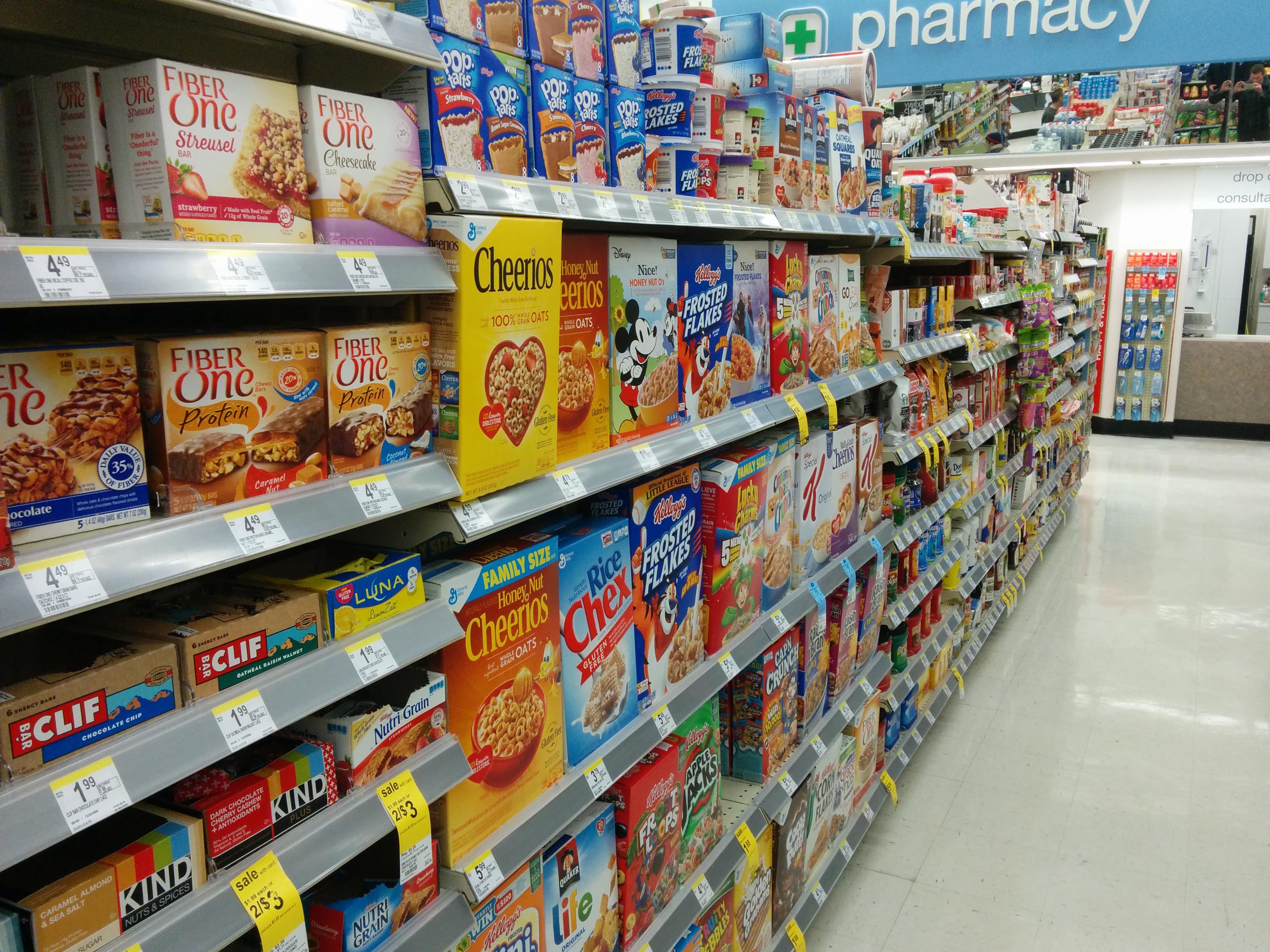By H. Will Racke
Consumer prices declined by 0.1 percent in December, held down by lower food prices and a sharp decline in energy costs.
The seasonally-adjusted overall inflation rate was dampened by sagging commodity prices and a saturated global oil market, which caused the food and energy categories to sink by 0.2 and 2.4 percent, respectively.
The Consumer Price Index, or CPI, is updated each month by the Bureau of Labor Statistics and measures what Americans pay for a wide variety of goods and services, from shoes to veterinary care. Today’s overall number was slightly lower than expected by economists surveyed by Bloomberg, who had forecast flat prices from November to December.
Consumer prices rose 0.7 percent in 2015, the smallest calendar-year increase since 2008.
“Everything is affected by the food and energy costs, even if we don’t count them in the core index,” said Fordham University economics professor Giacomo Santangelo. “It informs every other decision consumers make.”
The “core” CPI, a separate measure that excludes food and energy categories, increased by 0.1 percent last month, boosted by rising indices for shelter, medical care, and education. Many economists see core CPI as a more consistent measure of inflation because it is not susceptible to the volatile swings seen frequently in food and energy prices.
For all of 2015, core CPI rose by 2.1 percent, which is in line with the Federal Reserve’s target inflation rate of 2.0 percent.
The annual figure allayed some fears of a looming deflationary period.
“Core inflation has been running consistently around the Fed’s 2 percent target over the past three-, six-, and twelve-month periods,” said First Trust Chief Economist Brian Wesbury in a blog post this morning. “This suggests that as soon as energy prices stop falling, which should be very soon, overall inflation will move toward the Fed’s target more quickly than most anticipate.”
CPI monthly change (by percent)
[field name=”chart”]
Despite the decline for all CPI categories taken together, several key indices saw rising prices.
Housing costs were up last month—a 0.2 percent increase for both renters and homeowners. Medical services and education prices, which had been rising throughout 2015, both climbed by 0.1 percent in December.
Shelter and health care costs make up a significant share of consumer spending and are therefore given more weight by BLS when it tallies its index. The cost of medical services, in particular, continues to rise faster than core inflation: those prices were 2.9 percent higher in December than they were in the same month the previous year.
Wesbury pointed to housing prices as another driver of higher CPI readings, writing that a 3.1 percent annual increase in owners’ equivalent rent indicates that housing will continue to be a key source of higher inflation in the coming year.
As for implications for the broader economy, Ohio University economist Roberto Duncan cautioned consumers not to draw definite conclusions from the latest CPI report alone.
“It’s too soon to tell anything about it,” he said in an email. “This could be a transitory fall in the inflation rate caused by lower prices of oil and gasoline that would stabilize relatively soon, especially if some uncertainties about the slowdown in certain emerging market economies are cleared.”

